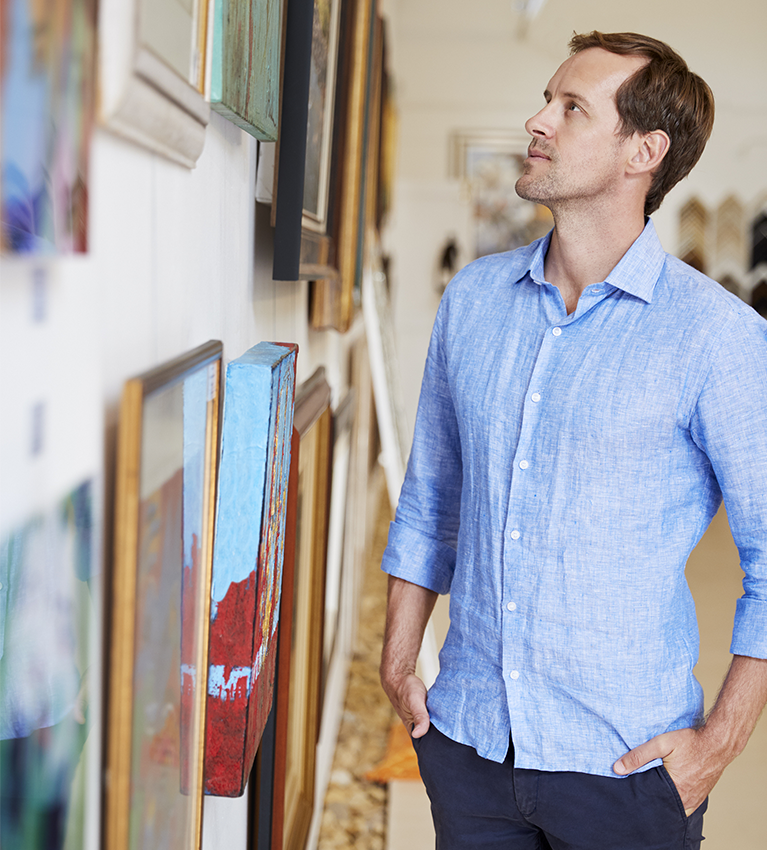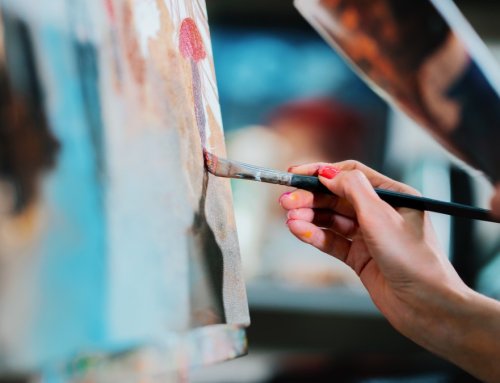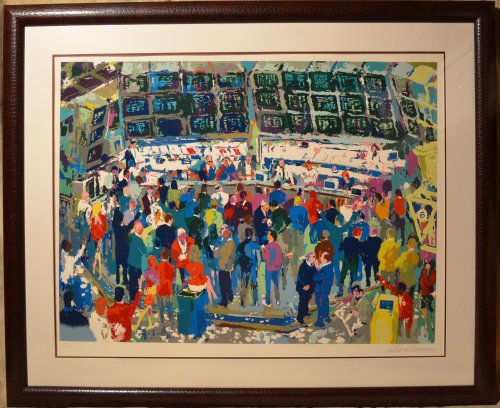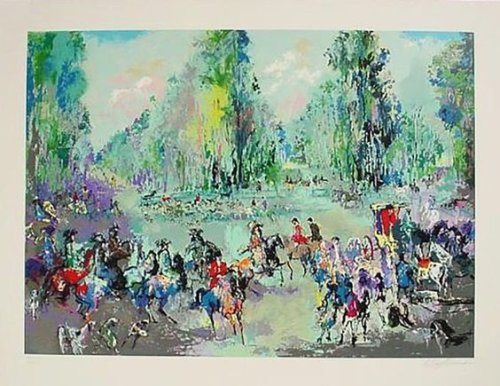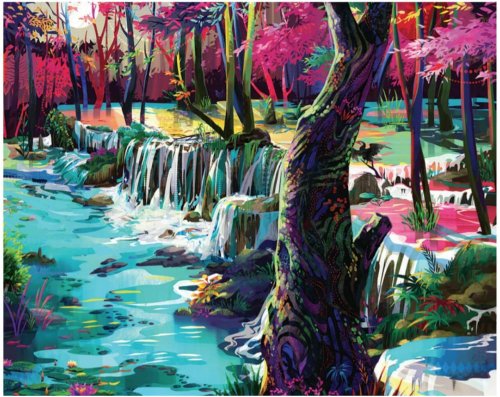In the traditional investment marketplace, most investors are focused on trading stocks and bonds, while occasionally diversifying their portfolios with real estate and other alternative investments. But now, things are beginning to change, and people are looking for less-explored investment opportunities. Rare trading cards, fine wines, and the most prominent of this asset class, art. An investment in art provides the holder with an astonishing work to admire, one that will gain value simply by hanging on your wall. Many people may be apprehensive about entering this market, but after reading this article, you will understand the different types of investments that can be made in the art market, the advantages and disadvantages of this venture, and how to easily buy and sell your art.
The most important consideration is what medium the art is. While most people tend to think of art as paintings, there are in fact a multitude of investable art forms. Often overlooked forms like photography, sculptures, and videos, can provide investors with a unique way to earn profit. The next consideration to make is whether or not the art is an original. On the market, original pieces tend to fetch the highest price. All other works, like prints, and high-quality prints called Giclée, still have value, but it is dependent on the number of prints made, and quality of those prints. Finally, reproductions have the lowest value of any copy. They are made in unlimited quantity, and thus are great for art appreciators, rather than investors.
Now that you know about the different types of art available to invest in, we can begin to look at the benefits and potential pitfalls of investing in art. The most obvious benefit of investing in art is holding a physical asset. This is important because your investment is in the hands of the person you trust the most, yourself. The second benefit we have already spoke of – your artwork will provide limitless entertainment value and will appreciate over time at a steady rate. This means that while you sit back and enjoy your beautiful artwork, you will actually be making money. Finally, your artwork will exist outside of financial markets and stock exchanges, meaning there is little to no volatility in your investment. If this is all seeming a bit too-good-to-be true, you would be partially correct, there are a few factors to take in when making a decision about investing in art.
Many of the benefits of art themselves have downsides. For instance, the physicality of art is a blessing, but this also means that it requires physical upkeep. Which means that you will need to ensure your piece of art maintains its quality overtime, as to maintain its value. Finally, as with any investment, there is an element of risk involved. It will be important to see if you should get some form of insurance to protect it from damage, fire, and/or theft. Getting involved in art investing may seem like a complex endeavor, but modern technology has truly made it easier than ever.
Auctions are what come to mind first when people think of buying art. In the auction format, two or more people bid on the same work of art, with the piece going to the buyer willing to pay the most. In a gallery setting, patrons are free to browse works without a commitment to buying anything. If you see something you like, pay the price of the work and it will now belong to you. Finally, the most convenient and cost-effective way to purchase art is online. Through Newport Brushstrokes, people can browse through thousands of works of art, and become collectors with the click of a button. Looking to sell your work? Online auctions offer you the chance to easily sell your art, making profits closer than ever before. For a stable, unordinary investment, give art a chance. Jump into a world of amazing talent, color, and texture, and take home a nice chunk of change on your way out.

